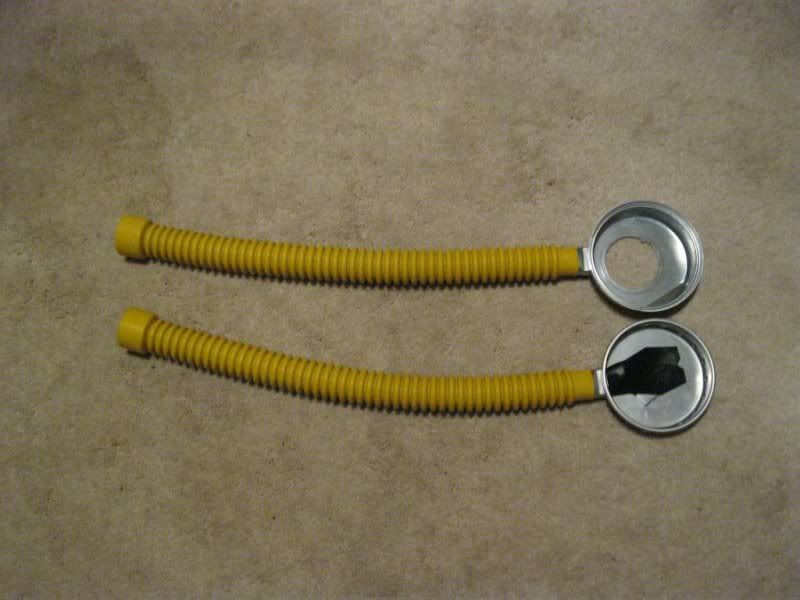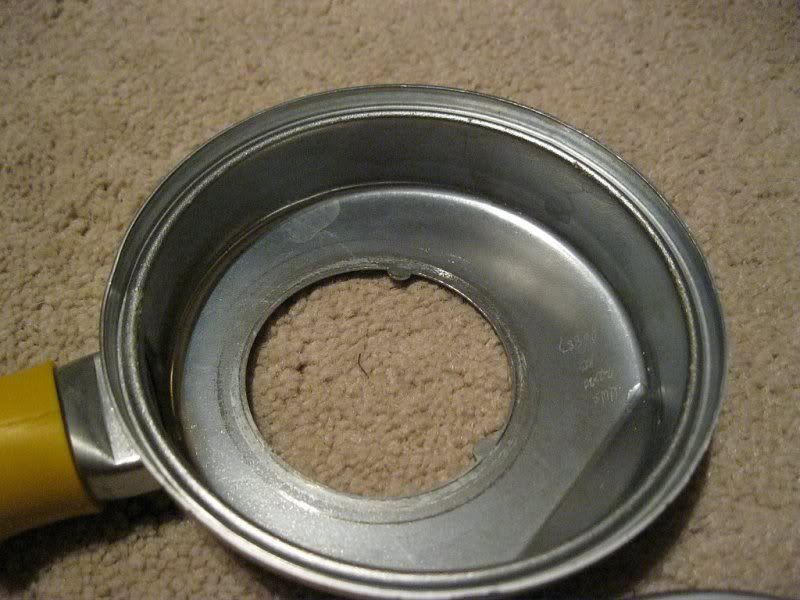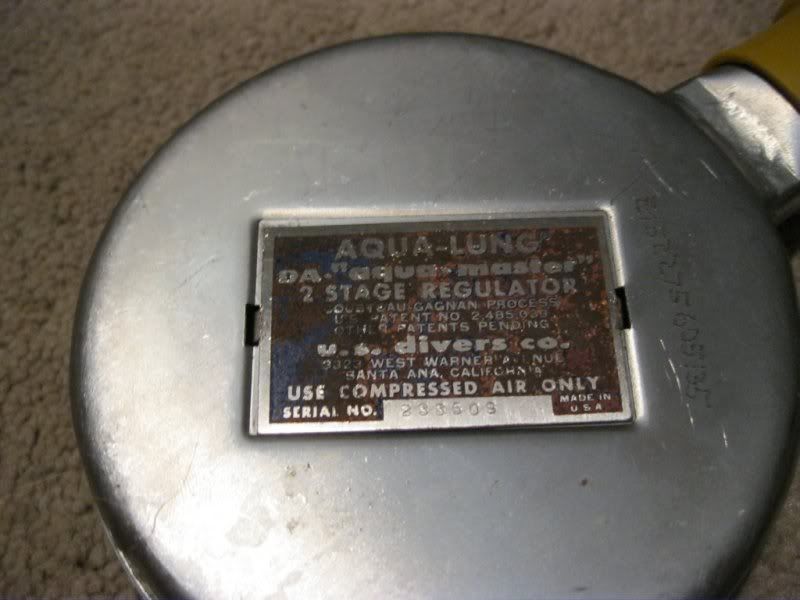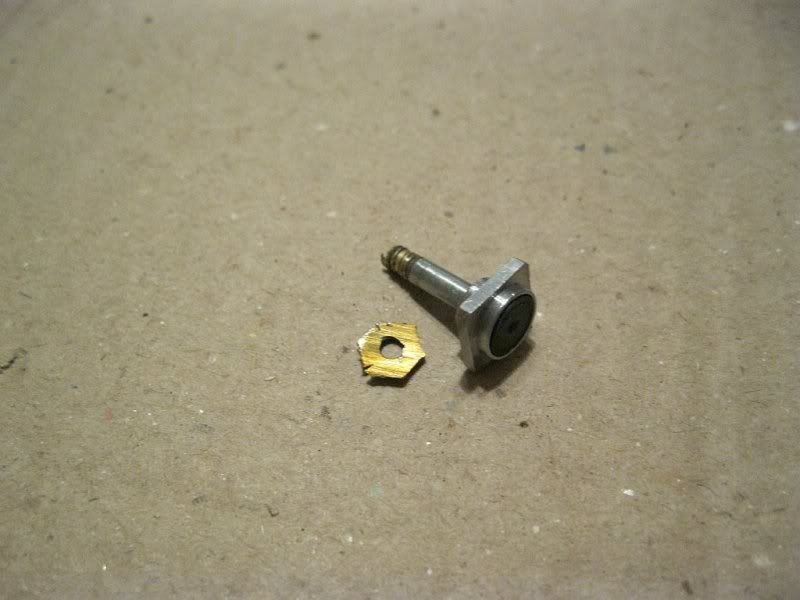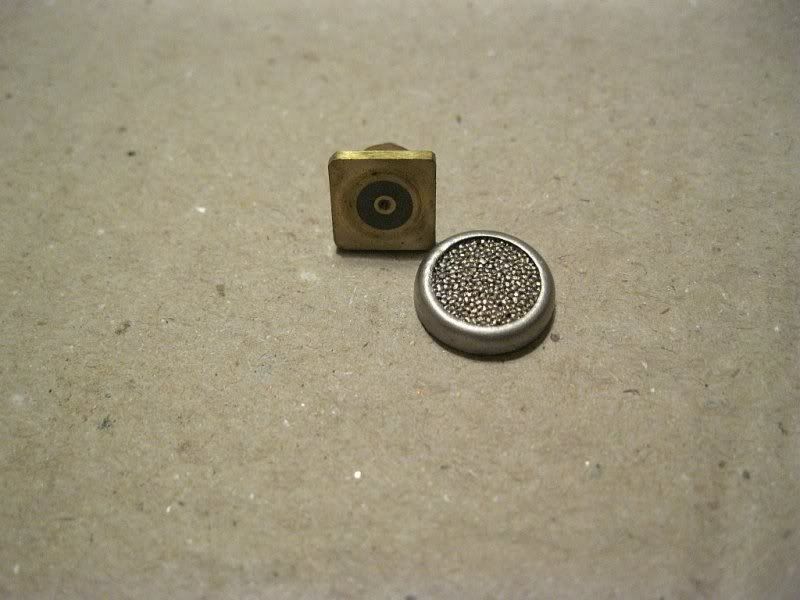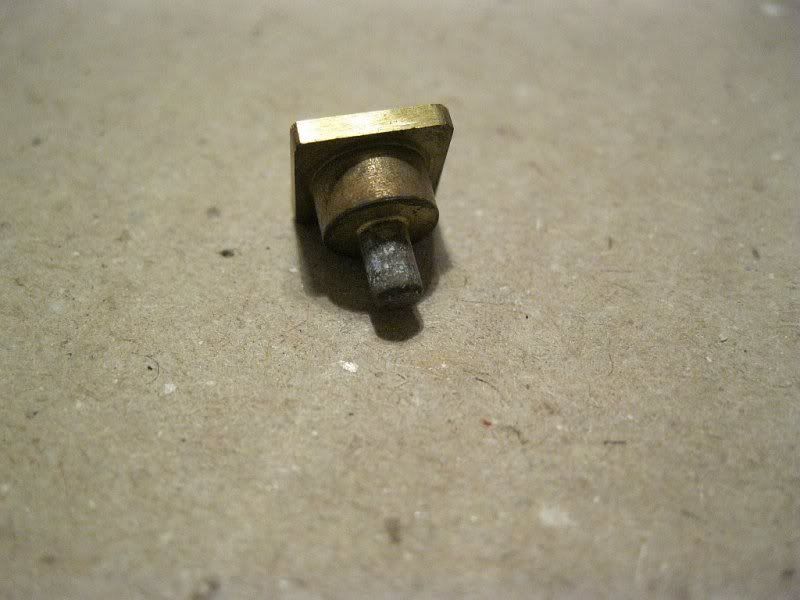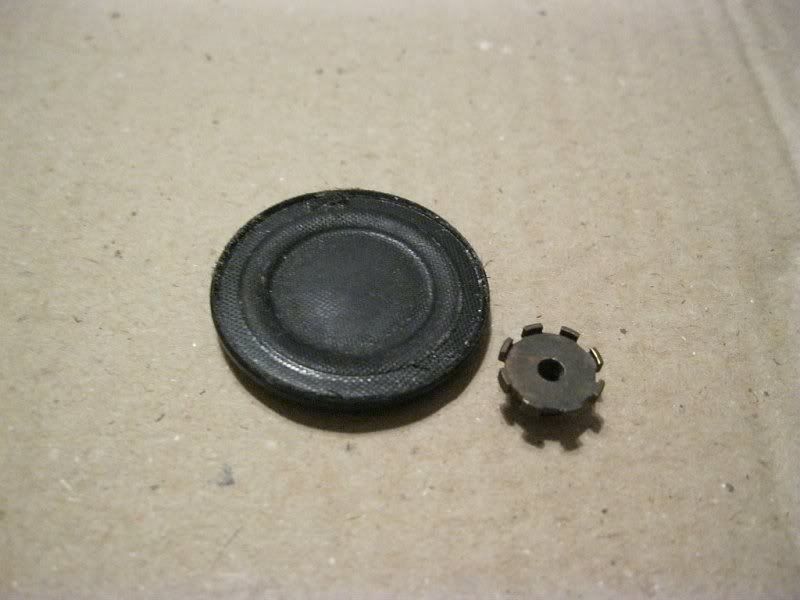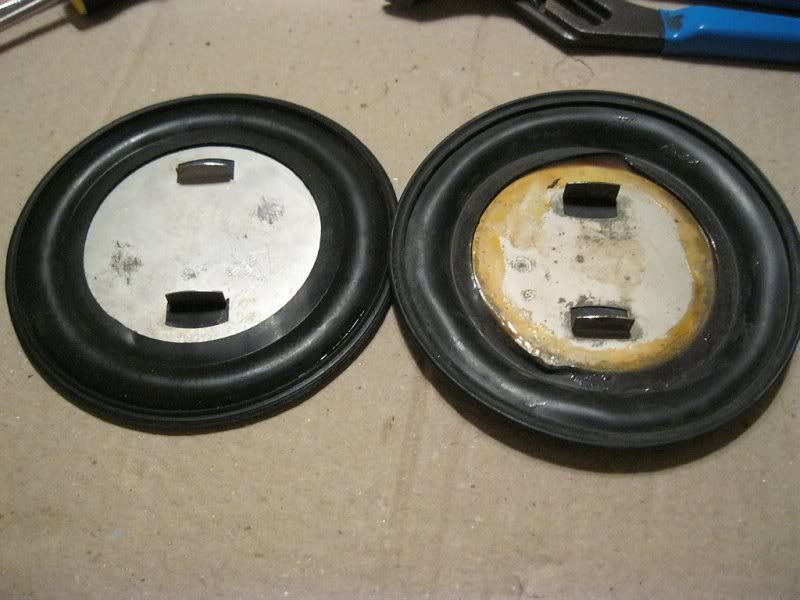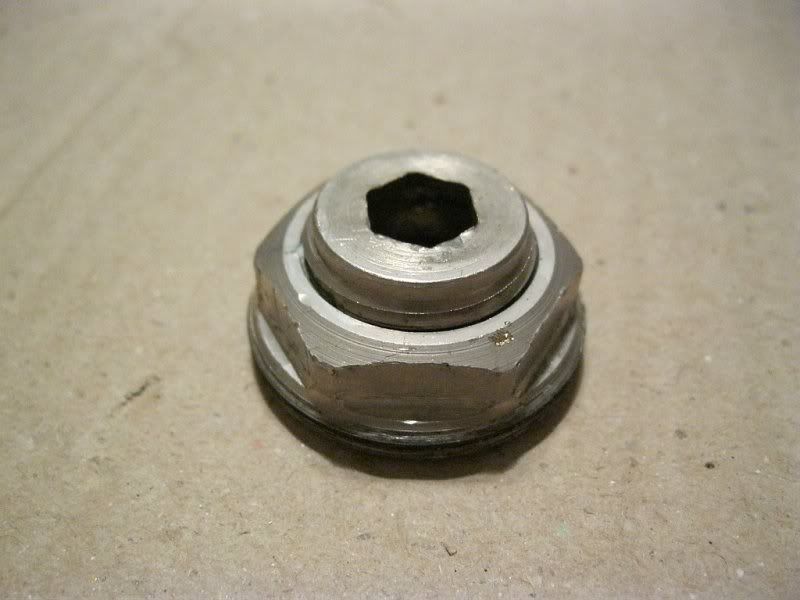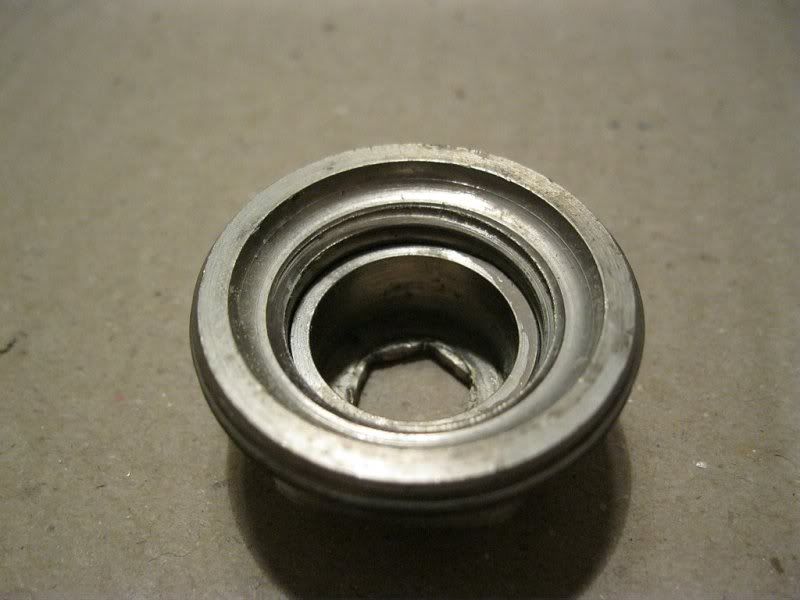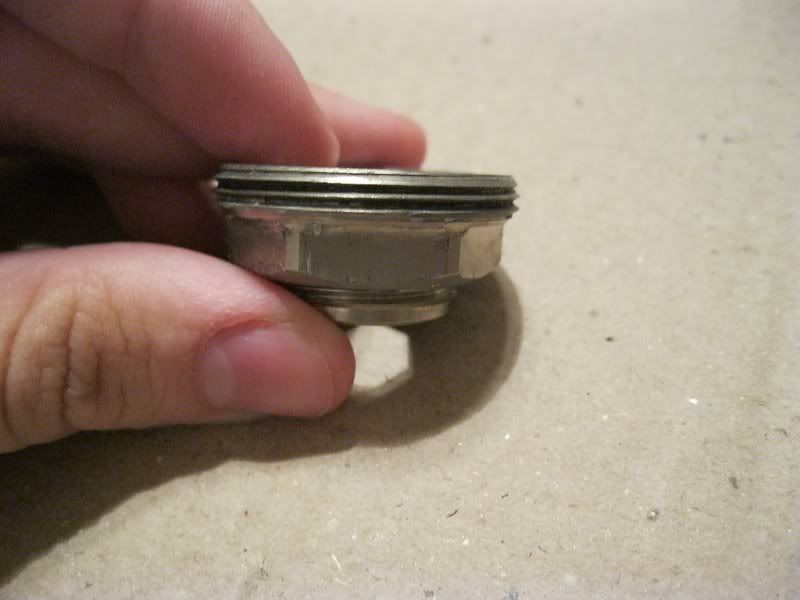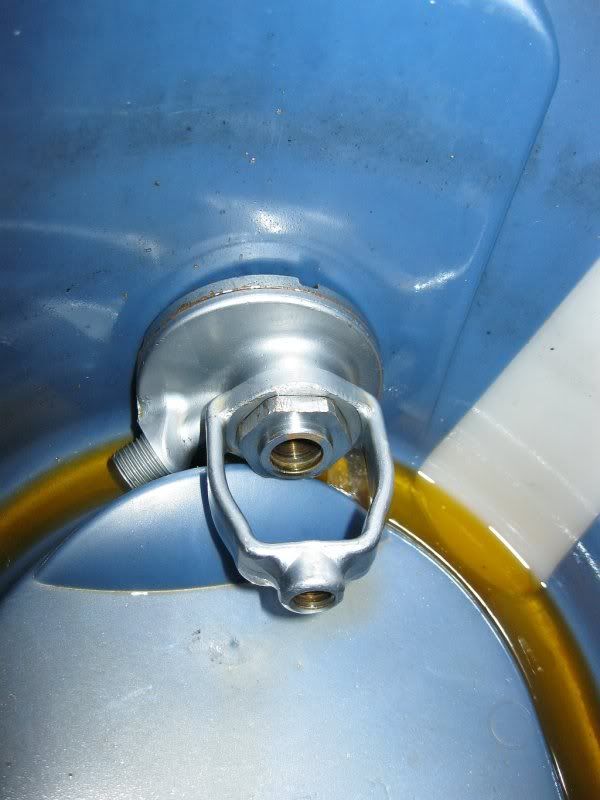DaleC
Contributor
Congratulations and welcome to the DH world.
My first DH was a DAAM from VDH. With a three way adapter I could run my BC and DS whips and even an octo off the hookah port. A long yoke allowed a banjo adapter for an SPG off the valve/reg interface.
Next I bought a USD Mistral and that has become my favorite. Something about the simplicity (and the yellow hoses) speaks to me. No LP access but I manually inflate a horsecollar if I need it or I run a whip off of a small pony.
Then I bought a RAM but haven't started rebuilding it yet.
I see you have a HP ports on your manifold. You could run a SPG off one of those if you wanted. I usually don't worry about SPG's when using my single 72 but with doubles you could get into a bit of trouble if not attentive. Even though I dive a J valve I never completely trust it and a CESA is a viable solution (because of the constraints of a single tank). With doubles you could get into a gray area where a direct ascent is not the best alternative. Here's one of my single tanks with an SPG off the manifold:
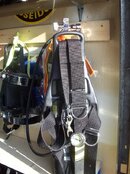
My first DH was a DAAM from VDH. With a three way adapter I could run my BC and DS whips and even an octo off the hookah port. A long yoke allowed a banjo adapter for an SPG off the valve/reg interface.
Next I bought a USD Mistral and that has become my favorite. Something about the simplicity (and the yellow hoses) speaks to me. No LP access but I manually inflate a horsecollar if I need it or I run a whip off of a small pony.
Then I bought a RAM but haven't started rebuilding it yet.
I see you have a HP ports on your manifold. You could run a SPG off one of those if you wanted. I usually don't worry about SPG's when using my single 72 but with doubles you could get into a bit of trouble if not attentive. Even though I dive a J valve I never completely trust it and a CESA is a viable solution (because of the constraints of a single tank). With doubles you could get into a gray area where a direct ascent is not the best alternative. Here's one of my single tanks with an SPG off the manifold:





